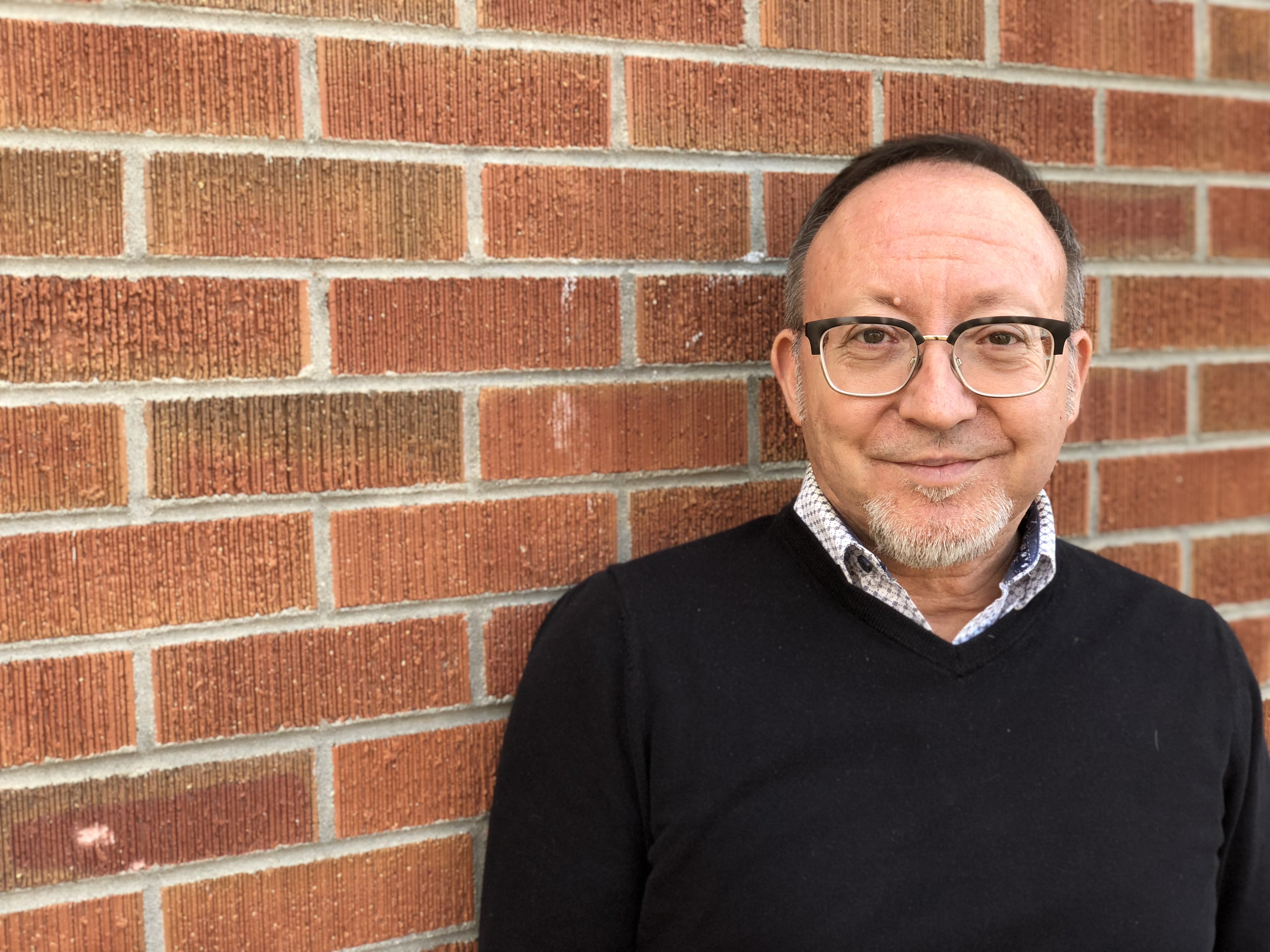A Healing Revelation
“Scott, you better sit down—you’ve been waiting a lifetime to hear this exact heartfelt sentiment.” The urgent thought suddenly began ringing through my mind. It was a typical Sunday afternoon back then. I was catching up on the phone with my father who had been battling cancer for some time and simultaneously multi-tasking by dusting the house. These new cordless phones were just so awesome. We were chatting about this and that while my Swiffer worked, when my dad was hit with strong emotions. His confession came out of nowhere. “You and Kelly are so different. I knew how to be with him. But I needed to be with you in a different way and I just never did.” Boom. I was sitting down now and listening intently.
All those years of confused wondering were finally confirmed. Being a different kind of boy than my brother, not athletic but more sensitive, emotional and artistic—my father really didn’t know what to do. And since he didn’t know what to do—he didn’t do much to interact with my interests. Years of not having words, but feeling invisible and on my own a lot—it was actually true. The conversation continued with more discussion, forgiveness and much needed closure for myself.
A Quick Recap
In my last blog (here), I discussed the different kinds of wounds we can experience. There are “invasive wounds” which can be direct and overt. This could be abuse that is verbal, emotional, spiritual, physical and sadly, even sexual. But there are different kinds of wounds which are a less tangible type of abuse. These would be “abandonment wounds”—being invisible, uncared for, “under-loved” and having a lack of nurturing touch. Most people would not associate this as abuse. I was actually shocked to connect these dots in my own life as I helped co-lead a “Survivors of Abuse” group several years ago. This revelation of neglect rocked me emotionally. It’s also why my dad’s acknowledgement was so incredibly healing.
A good friend of ours, Veronica Johnson, is a therapist at Envision Counseling Clinic. One Thursday evening a couple of years ago she came to teach on healing from abuse. Several things have stuck with me since then from the discussion. Her first step to healing is to begin building “self-abilities,” which I outlined in my last article. Things like learning to identify emotions, setting healthy boundaries and becoming more self-aware. It’s important to build these abilities so you can begin the next step of processing the traumatic events.
Beginning to Process the Trauma
Mentioning our friend Veronica is a good reminder that it’s best not to take this healing journey alone. We are connected to many wonderful, trusted counselors in the Denver area. It’s imperative to find a good therapist to discuss these painful events who can guide you through the process. And that is a good place to start—begin to actually name the traumatic events which have occurred. There is something important about putting words around what you experienced and then to slowly expose yourself to the painful memories. Now the “self-abilities” you’ve been working on can come into play because difficult emotions are going to come up—grief, anger, loss, anxiety. It helps to understand what you are feeling to be able to process the emotions which come up. Sitting with these strong emotions and not reacting in a negative or destructive way can lead to more resiliency.
Emotions might be connected to what you are thinking. What thoughts are troublesome? Are you going to places of shame and self condemnation? Describing the thoughts which are causing distress to your therapist will aid in getting a much needed reality check. There may be situations, places or people which trigger and poke on painful abuse memories. Increasing the awareness of what triggers you and finding healthy ways to manage them is an important tool in the recovery toolbox.
These ways of acknowledging the trauma will take you to some difficult places in the past. What toxic decisions were made in response to the abuse? What unhealthy ways do you view yourself, men, women or people in authority? Wrestling with how you’ve reacted in the past and the conclusions you’ve made is very hard. But the wrestling is worth the healing it can bring.
The Back and Forth of Recovery
The hope with all of this work on processing the trauma is making healthier choices and caring for yourself and others in better ways. This is exactly where the balancing act of recovery comes in and what stayed with me the evening Veronica spoke. Say you are processing the trauma and are overwhelmed by the painful memories, emotions and distressing thoughts and hit a ‘stuck’ place. Then it’s time to take a break and go back to working on those much needed self-abilities. Sitting with the strong and difficult emotions and building up the capacity for resiliency, recovering quicker. Then after a while, you go back to exploring the trauma, till the next break is necessary. See, the balancing act of recovery? It feels like a very gentle way to approach a possibly gut-wrenching redemptive journey.
What other things are needed on this pathway to healing? What kind of support system is needed to come alongside the back and forth of recovery? We’ll explore that in my next blog.

Scott Kingry
Program Director
Although he holds a degree in graphic arts, he attributes his ministry qualifications to the “school of hard knocks.” God’s abundant grace continues to be the instrument of growth in his life, and he desires to be firmly grounded in the forgiveness and freedom of relationship with Jesus Christ.
Scott attends a Presbyterian Church.
Make a Difference in Someone's Life
If you enjoy reading WGA’s blogs and would like to show your support, please consider making a donation. Where Grace Abounds is a 501(c)3 non-profit organization. The majority of services, including support groups and discipleship counseling, are provided free of charge. Your financial gifts help to cover the costs associated with offering a free program to those who seek WGA’s services.

